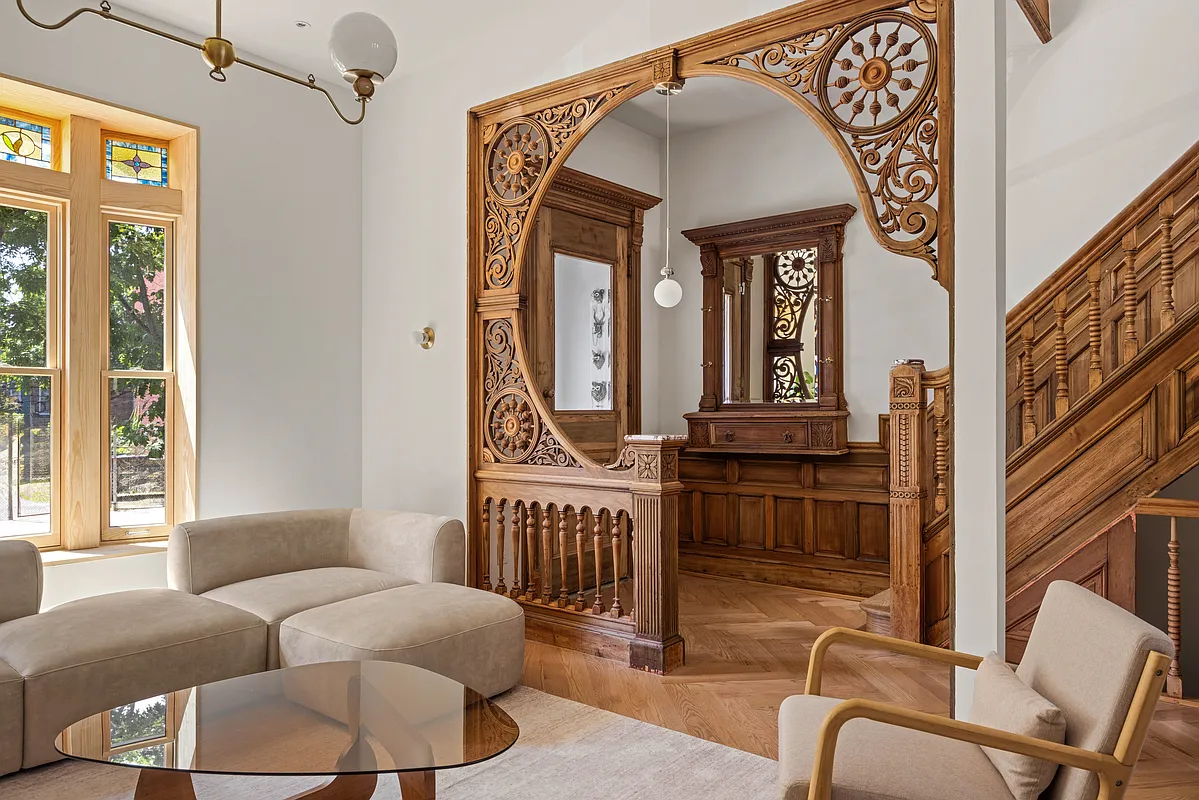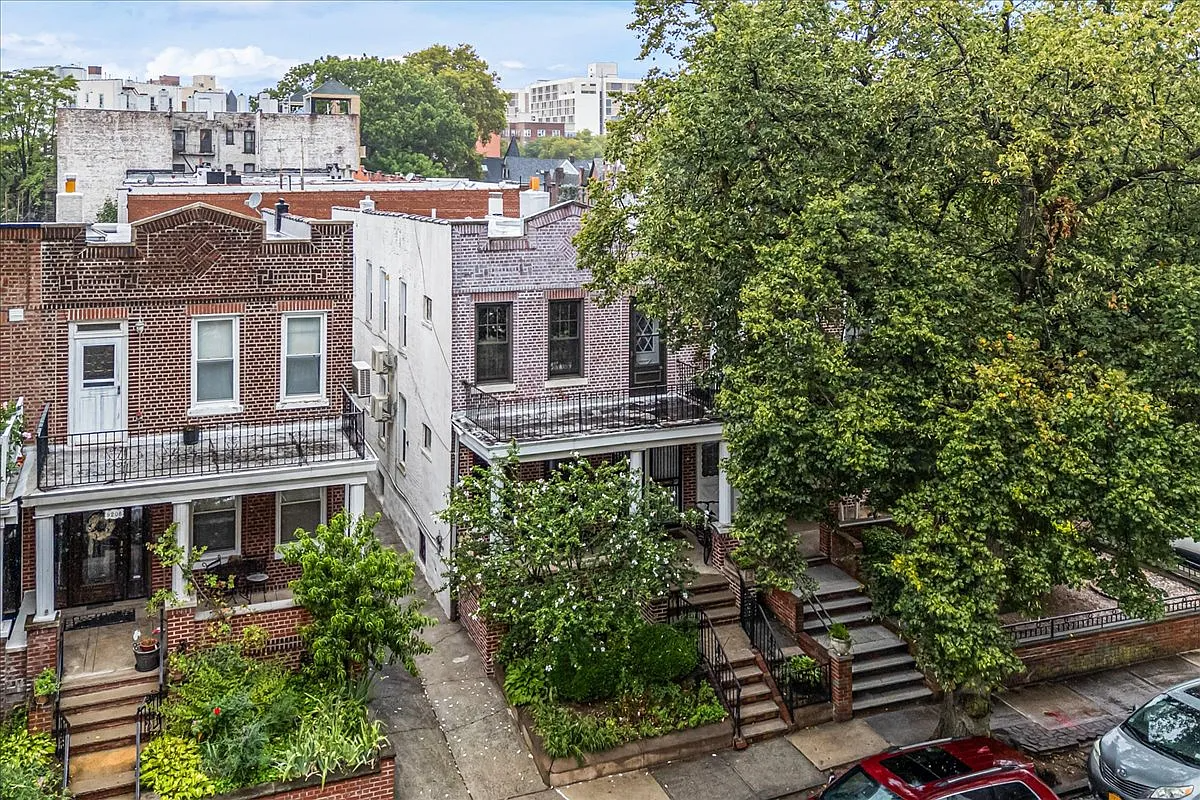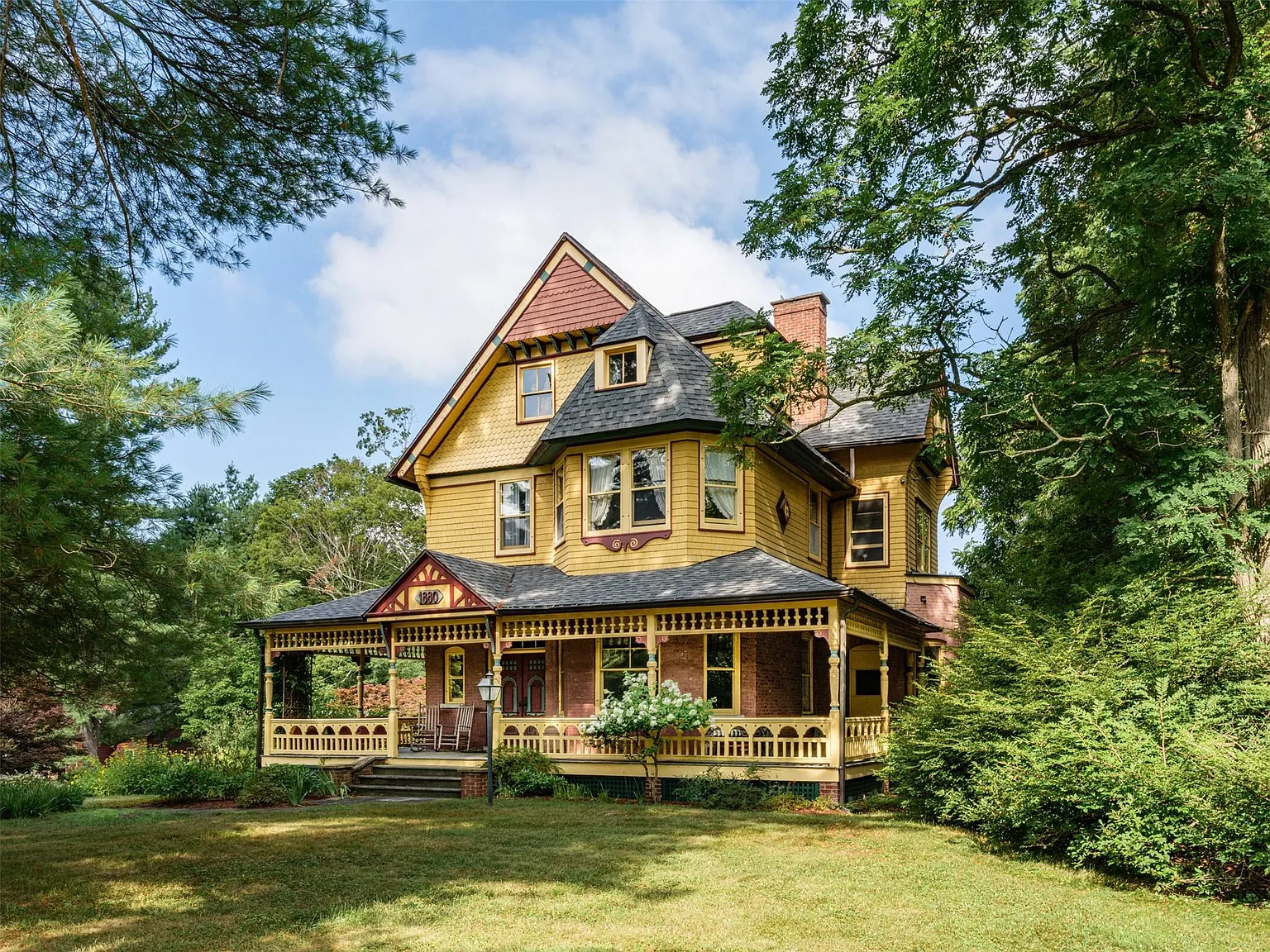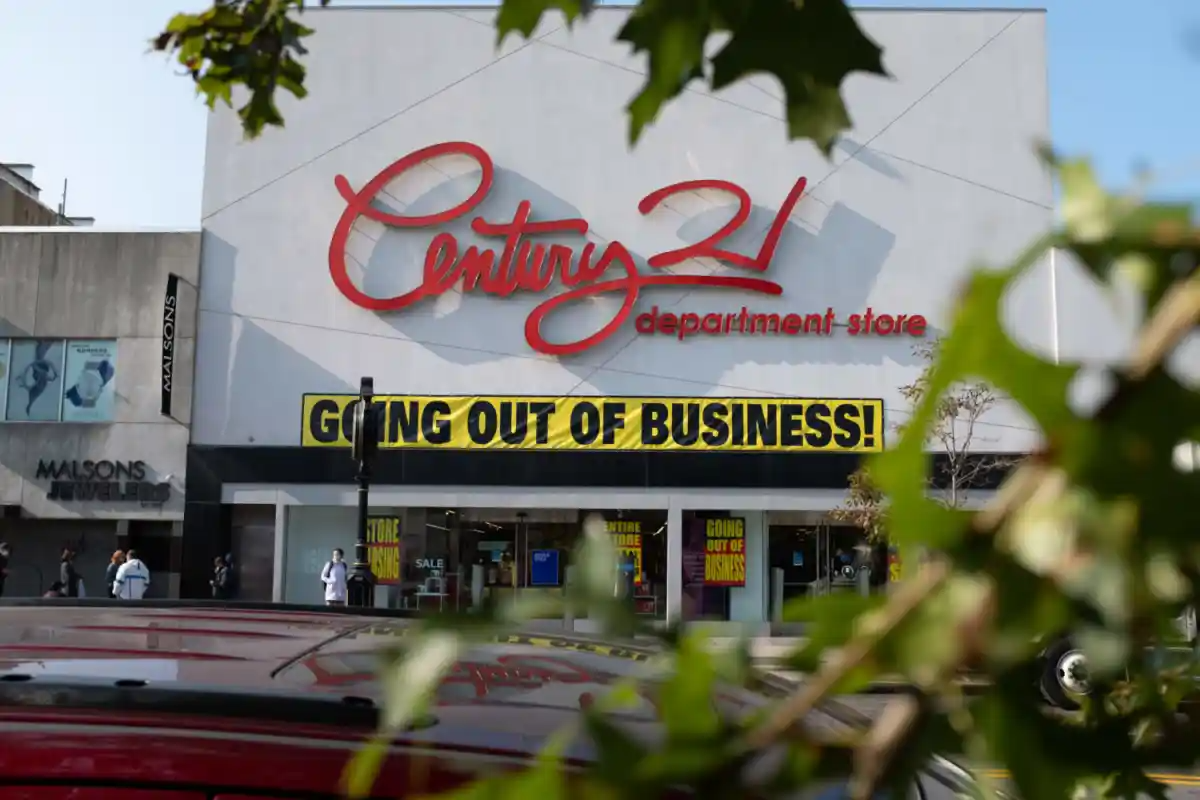Past and Present: Brooklyn Bridge Approach
A Look at Brooklyn, then and now. Public transportation across the Brooklyn Bridge was one of the major reasons for the bridge’s existence. The bridge opened to pedestrian and vehicular traffic in 1883. The first trolley service rolled along the tracks from the Sand Street Terminal in 1898. The tracks ran on the outermost sides…


A Look at Brooklyn, then and now.
Public transportation across the Brooklyn Bridge was one of the major reasons for the bridge’s existence. The bridge opened to pedestrian and vehicular traffic in 1883. The first trolley service rolled along the tracks from the Sand Street Terminal in 1898. The tracks ran on the outermost sides of the bridge, on the same roadway as the horse-drawn vehicles. Above, the elevated railroad lines ran across the bridge to Park Row, in Manhattan, operated by the Brooklyn Elevated Railroad Company. They began in 1883, the year the bridge opened, and were cable cars. The system was electrified in 1896, but the cable method was often used to cross the bridge itself. The photo on the left was taken in 1903, and what strikes me more than the sight of all those tracks, is the multitude of advertising bombarding the public. (I highly recommend going to the Shorpy site and viewing the photo full sized. You can pick out workers on scaffolds, and read every single ad with amazing clarity and detail). Now, as seen on the right, we only have the pedestrian lanes and the lanes for the thousands of cars and vehicles that cross every day. Thank goodness those ads are gone. The past was not always better.

(Photo: Shorpy.com)

(Photo: Google Maps)





MM: Great post!
Brokelin: too long! I will try to read your post tonight.
@southbrooklyn: Interesting comment. Although I think you’re wrong about one thing. The conventional wisdom in most places is that the rich drive and the poor take mass transit. But in NYC that CW is turned on it’s head. The most expensive neighborhoods in NYC are the ones that are convenient to mass transit while the cheapest neighborhoods (on the outskirts of the outer boroughs) do not have easy subway access. Therefore, the concern of the working man is not that congestion pricing will not go to fund mass transit improvements. It’s more direct. They are concerned that they will have to pay the fee and the that the fees will go to improve mass transit, which they don’t use.
Think I’m wrong? Take a look at how all the blue collar workers who work in construction sites get to work at every construction site in the city. Or take a look at how all the cops get to their jobs too. They ALL drive. Then stand in front of the Wall St stop of the subway and see all the well dressed white collar folks streaming into work.
One of the best threads I’ve read here.
I love Shorpy. Looking at the full-size, I’m struck by how many of the familiar buildings on the Manhattan side were already there, more than 100 years ago, and are still there and functioning.
My reaction to the end of MM’s comment was the same – yes, despite the advertising, it was better back then in that there was more public transportation over the bridge.
Just because we now have the subway on the Manhattan bridge and running under the river through tunnels doesn’t mean that we don’t need more public transportation and less individual cars. (There are a LOT more people in NYC than when the subways were built 100 years ago.)
Despite the stupidity going on over on PPW about the new bike lane – sheesh, when I looked at apartments on PPW, I decided the sound of the rushing cars was too loud for me, and so I bought on a more quiet side street – you’d think the folks living there would appreciate less cars there – despite that, a mere blip, a last gap of those who resist progressive change, if you willl, it DOES seem that we are moving to make bike commuting easier, and since it IS difficult to get over the bridge quickly on the same roadway as the walkers, I predict that in time, there will be a better bike lane across the bridge.
People seem to miss the fact that when public transportation is plenty, clean, reliable, frequent, and easy to use, drivers DO prefer to leave their cars at home. In cities where it is easy to take a train to the airport, who drives there? Nobody.
Trolleys and streetcars, while not particularly fast, did move a lot of people where they needed to go before the rise of the gasoline engine did them in. We’ve certainly got a lot of room to start using them again all over the place.
And as to the particulate matter that clogs the air in swaths of the city composed largely of lower-income neighborhoods, that’s largely a problem of truck traffic in addition to auto traffic, a different, but just as necessary, problem to to tackle – how to get trucks that produce less pollution. Cynically, I think the air in those areas won’t be improved until the neighborhoods gentrify – it is always hard for poor people to get anyone to pay attention to health concerns; rich people, not as hard.
And, despite the fact that the city MAY seem cleaner to some, air quality all over the city doesn’t rank very high when they do actual scientific studies. We are one of the cities with poor air quality. It isn’t hard to see why – just look up any avenue in Manhattan on a summer day and you can see the haze of brown pollution hovering in the sky.
The last gasp people resisting change will be doing just that – gasping – I’ve always heard living in NYC was equivalent to smoking a pack a day, and have known life-long NYers who never smoked who died of lung cancer.
Great post MM.
Minard — You are absolutely right. There have been amazing improvements to the environment in the city over the last half century. But there is still PLENTY of room for improvement.
There is nothing about the nature of business in this town that would prevent a movement away from the Automobile Status Quo. It’s PURELY POLITICAL.
Step #1 — Have DIRECT and FAST rail transportation to and from BOTH New York City airports. The only reason that business people and everyone else clogs the roads with cars to get to and from the airports is because of the Taxi and Limousine lobby. Even a 30% reduction in the Manhattan to JFK car trips would do wonders for congestion.
Step #2 — Implement congestion pricing, but only 7:00am to 8:00pm, Monday-Friday. This money must go to transit. Traffic in the lower part of Manhattan becomes essential or paid for. Traffic in the “outer boroughs” is also improved because folks are commuting through the most dense areas. Like Southbrooklyn says above, this is PURELY political.
Step #3 — Support and promote transportation alternatives. I’m not just talking bikes. I also mean Bus Rapid Transit, Trolleys/Streetcars, etc. etc. Maybe even some of those little pod things from Logan’s Run.
Step #4 — Pedestrian Zones. I’m talking pleasant pedestrian “refuges,” which have proven in cities around the world to improve commerce. You just have to realize that the majority of folks in the city don’t *drive* to the Gap to buy a sweater… they use their feet. If a fancy businessman’ cab has to stop a 1/2 block away from his meeting — they’re not going to decide NYC is no longer “business friendly.” And if they just can’t handle it, they can schedule their meetings in the morning when these zones are open for commercial traffic (deliveries etc.)
These transbridge trolley lines mostly served to connect els on either side. Once subway tunnels were built, the trolleys lost the bulk of their ridership.
The environment in NYC including the water quality in the rivers and bay and the air quality have improved significantly since I was a kid in the 1960’s. There is no comparison. That has been one of our great victories.
However, when I read comments that there should only be one lane on the Brooklyn bridge for cars, or that we should be more like Copenhagen (the national capital of a small Scandinavian country) I think folks miss the point of the essential character of New York. We are not a capital city, we are a business city and while we should continue to endeavor to improve our environment and make our roads and bridges safer we cannot ever be a serene little European capital. It ain’t in the cards. We will never be like Bern or Oslo. Our model is more Hong Kong and Sao Paolo. That’s just the way I see it.
Great post, MM. It’s not going to happen, but I wish they’d widen the pedestrian/bike lanes on the Brooklyn Bridge – it would make it so much easier to navigate around the tourists when walking/riding to/from work every day.
Sparafucile, Thank you! I didn’t know there were subways that went to Manhattan. Are they new?!